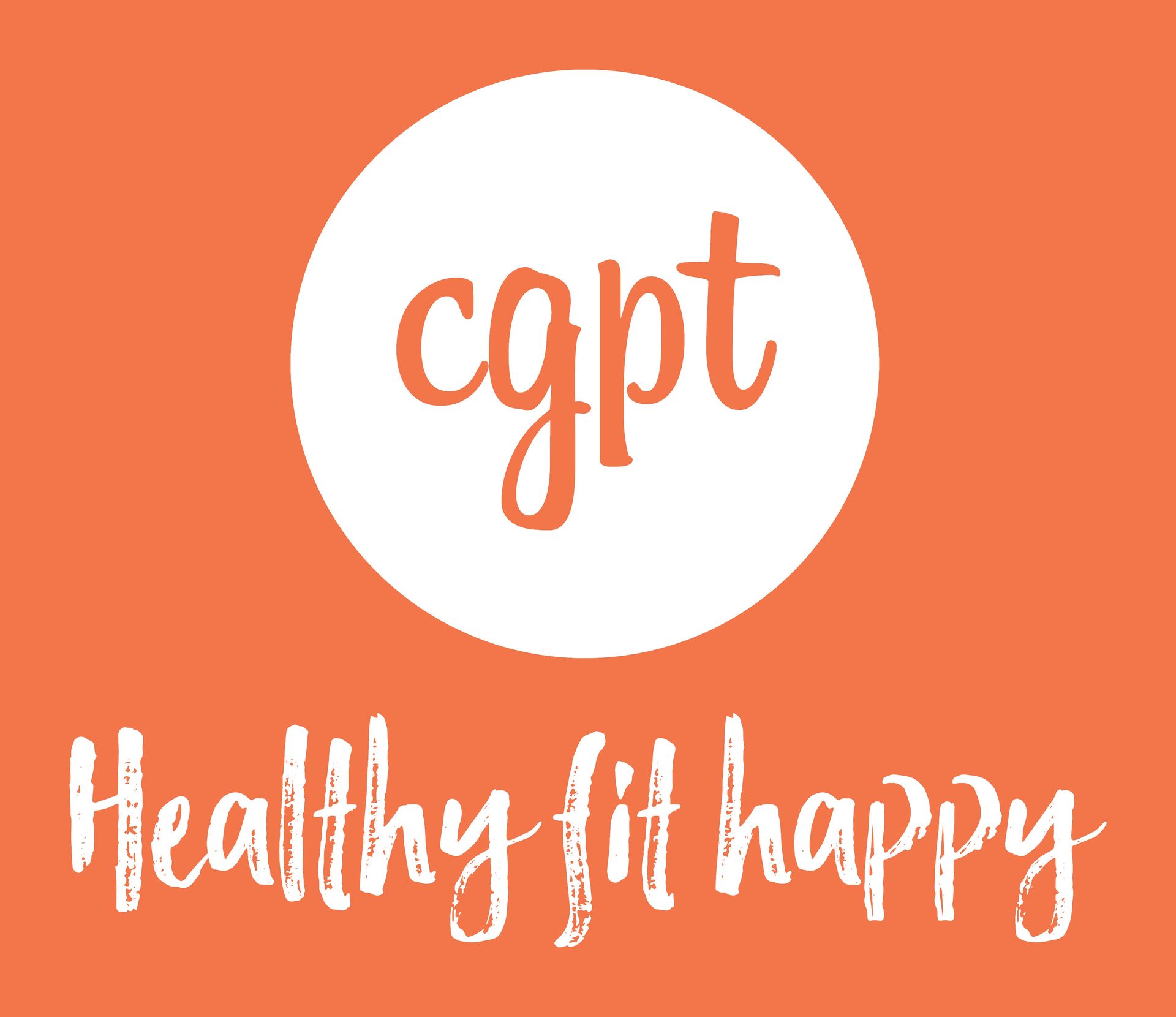The Benefits of Strength Training During Peri-Menopause and Menopause: Boost Your Health, Energy, and Confidence
As women approach peri-menopause and menopause, the body undergoes significant hormonal changes, often leading to weight gain, muscle loss, and decreased bone density. However, strength training can counter these effects, promoting better health and improved quality of life. For women in this stage of life, personal training focused on strength training is a powerful tool to maintain strength, vitality, and confidence.
Here’s a few benefits of strength training for peri-menopausal and menopausal women and why it should be a cornerstone of your fitness routine.
Combat Muscle Loss and Maintain Strength
One of the key challenges of menopause is the loss of muscle mass due to a decrease in estrogen levels. Known as sarcopenia, this loss of muscle mass can result in reduced strength and functionality, making everyday tasks more difficult. Strength training, however, has been shown to significantly slow down or even reverse muscle loss.
A study published in the Journal of Strength and Conditioning Research found that post-menopausal women who engaged in regular strength training increased their muscle mass and overall strength[1]. By incorporating resistance exercises, such as weight lifting or bodyweight movements, women can preserve their muscle tissue and ensure they remain strong and functional well into their later years.
Improve Bone Health and Reduce the Risk of Osteoporosis
As estrogen levels drop during peri-menopause and menopause, bone density decreases, putting women at a higher risk of osteoporosis and fractures. Strength training offers a solution. Research shows that resistance exercises stimulate bone growth and improve bone mineral density (BMD).
According to a review in the Journal of Bone and Mineral Research, weight-bearing exercises, such as squats, lunges, and deadlifts, help strengthen bones and prevent age-related bone loss[2]. This makes strength training a critical strategy for reducing the risk of fractures and maintaining bone health as you age.
Boost Metabolism and Support Weight Loss
One of the most frustrating symptoms of menopause is weight gain, particularly around the midsection. This happens in part because the metabolism slows down as muscle mass decreases. Strength training can counter this by increasing lean muscle mass, which in turn boosts metabolism and helps the body burn more calories, even at rest.
A study published in the American Journal of Clinical Nutrition found that menopausal women who engaged in strength training experienced significant improvements in their resting metabolic rate and fat loss[3]. Combined with a well-rounded fitness and nutrition plan, strength training is an effective way to manage weight gain during menopause.
Enhance Mood and Reduce Symptoms of Depression
The emotional changes that come with menopause, including mood swings and depression, can significantly impact a woman’s quality of life. Fortunately, regular strength training not only benefits physical health but also mental well-being.
A study in the Journal of Women's Health found that strength training improved mood, decreased anxiety, and reduced symptoms of depression in menopausal women[4]. Exercise releases endorphins, the body’s natural mood enhancers, which help combat the emotional challenges often experienced during this time.
Improve Sleep Quality
Menopausal women often experience sleep disturbances due to hormonal changes, including night sweats and insomnia. Strength training has been shown to improve sleep quality by promoting deeper, more restful sleep.
A 2020 study in the Sleep Medicine Reviews concluded that regular strength training could significantly improve sleep in peri-menopausal and post-menopausal women, reducing the likelihood of insomnia and promoting better overall sleep hygiene[5]. Improved sleep translates into higher energy levels and better daily performance, making strength training a win-win for women facing menopause-related sleep issues.
Boost Confidence and Body Image
Finally, strength training can have a transformative effect on confidence and body image. As women build muscle and improve their physical strength, they often experience a greater sense of control over their bodies. Seeing improvements in strength, endurance, and body composition can be incredibly empowering.
Engaging in a structured strength training routine designed by a personal trainer ensures that exercises are tailored to your specific needs and goals, whether it’s losing weight, building muscle, or improving functional fitness. Personal training sessions provide motivation, guidance, and a personalised approach, helping you get the most out of your workouts.
Start Your Strength Training Journey Today
If you’re approaching peri-menopause or are already in the midst of menopause, now is the time to invest in your health. Strength training offers numerous benefits, from preserving muscle mass and improving bone density to boosting mood and metabolism. At CGPT, our personal training programs are designed to meet the unique needs of women in this stage of life. Whether you're new to fitness or an experienced athlete, our expert trainers will guide you on your journey to a stronger, healthier, and more confident you.
Ready to get started?
Contact us today to schedule a consultation and take the first step toward a healthier you!
References
• Bemben, M. G., & Bemben, D. A. (2000). Effects of resistance training on skeletal muscle in postmenopausal women. Journal of Strength and Conditioning Research, 14(3), 253–258.
• Howe, T. E., Shea, B., Dawson, L. J., Downie, F., Murray, A., Ross, C., ... & Wells, G. A. (2011). Exercise for preventing and treating osteoporosis in postmenopausal women. Cochrane Database of Systematic Reviews, (7).
• Treuth, M. S., Hunter, G. R., & Kekes-Szabo, T. (1995). Metabolic consequences of resistance training in postmenopausal women. American Journal of Clinical Nutrition, 62(1), 110–117.
• Seguin, R., LaMonte, M., Tinker, L., Liu, J., Woods, N., Michael, Y. L., ... & Stefanick, M. L. (2013). Sedentary behavior and physical function decline in older women: findings from the Women's Health Initiative. Journal of Women's Health, 22(11), 1006–1013.
• Kline, C. E. (2020). The bidirectional relationship between exercise and sleep: Implications for exercise adherence and sleep improvement. Sleep Medicine Reviews, 55, 101-127.




